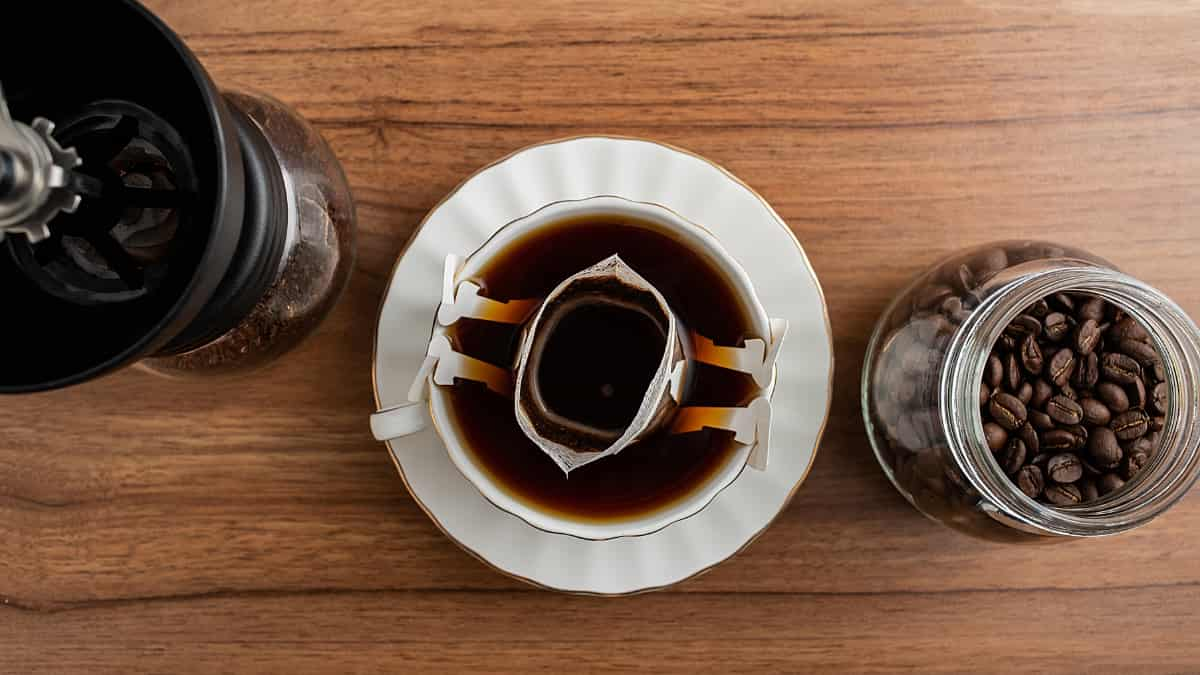Coffee refractometers are transforming the way both professionals and enthusiasts prepare and evaluate coffee. Yet, many people still ask, ‘What in the world is a coffee refractometer?’
Before diving into what a coffee refractometer is, let’s understand TDS, or total dissolved solids. TDS refers to what has been extracted into the water during brewing—essentially, how much coffee is in your cup. Under-extracted coffee can taste sour and feel too light, while over-extracted coffee can be bitter. Determining the finer details just by tasting can be tricky, and that’s where a coffee refractometer becomes invaluable.
A refractometer measures how light bends when it passes through air into a liquid. In simpler terms, it measures how much TDS is in your coffee. This tool, while not new in other industries, is relatively new in the coffee world but is rapidly gaining popularity. By using a coffee-specific refractometer, you can achieve the most accurate results.
Why is it useful? Knowing the amount of solids in your brewed coffee allows for enhanced precision. Once you know this, you can calculate the extraction yield, helping you understand why your coffee tastes good or bad. While a refractometer can’t taste your coffee for you, it provides the data you need to understand what you did right or wrong and how to achieve consistent results.
Roasters use it to test beans and ensure even roast development. Baristas rely on it to perfect brewing recipes, and coffee enthusiasts use it to brew the best cup at home.
Using a refractometer is straightforward. First, calibrate it with distilled water at room temperature, then prepare your coffee sample at a similar temperature. Add a few drops of your brew to the refractometer, and it will give you a TDS reading. Multiple readings ensure accuracy. If you’re using a metal filter or examining espresso, filter the solids out to get an accurate reading.
Cleaning the refractometer is simple: use a paper towel to clean off coffee and an alcohol swab for the well. The necessary materials include distilled water, alcohol wipes, a dropper, a syringe, small cups, and paper towels.
Optimal TDS readings vary by brewing method. For a French Press, aim for 1.4-1.7, espresso should be between 8-12, pour over should be 1.2-1.5, and AeroPress should be 1.4-1.7.
Should you invest in a coffee refractometer? They can range from a few hundred dollars to around $800. For coffee shops and roasters, this investment is often worth it to ensure consistent quality. While a refractometer can’t tell you if your coffee is good, it can give you the data needed to make that determination yourself.
In the end, a coffee refractometer offers valuable insights into your brewing process, helping you achieve the best possible cup of coffee. Whether you’re a professional or an enthusiastic home brewer, this tool can significantly elevate your coffee game.
